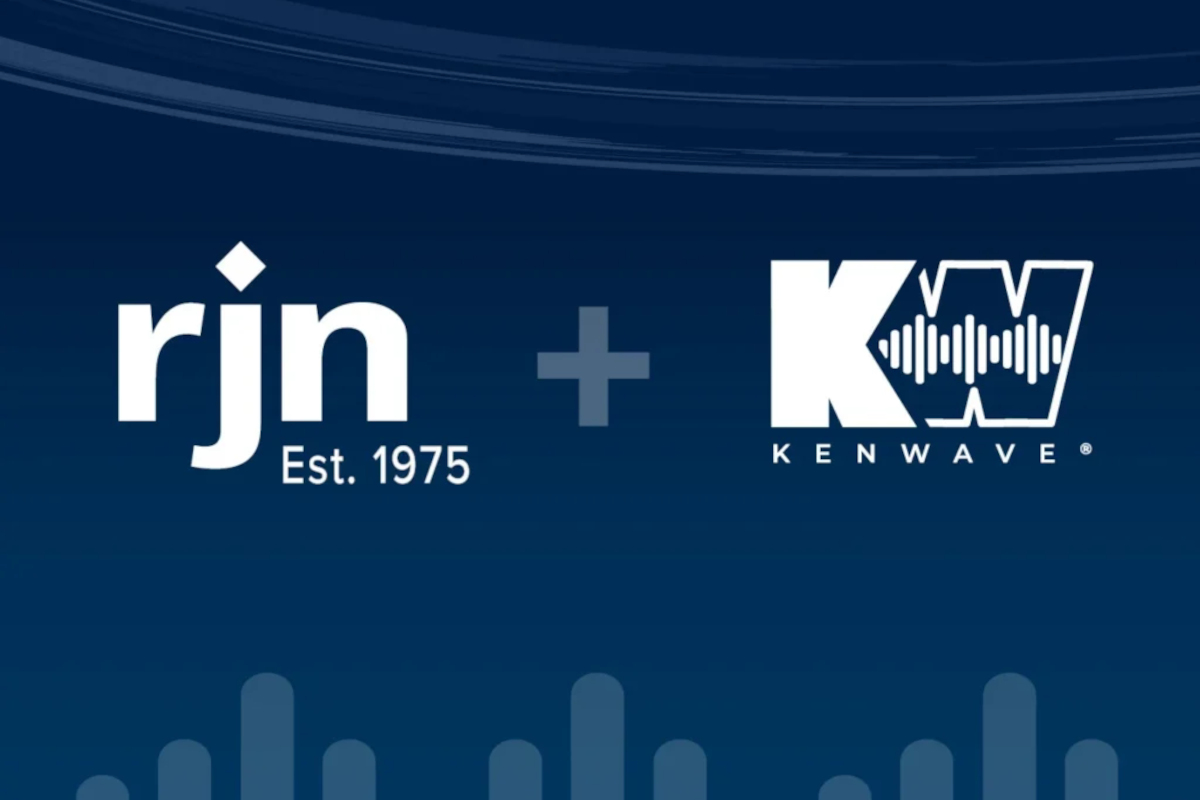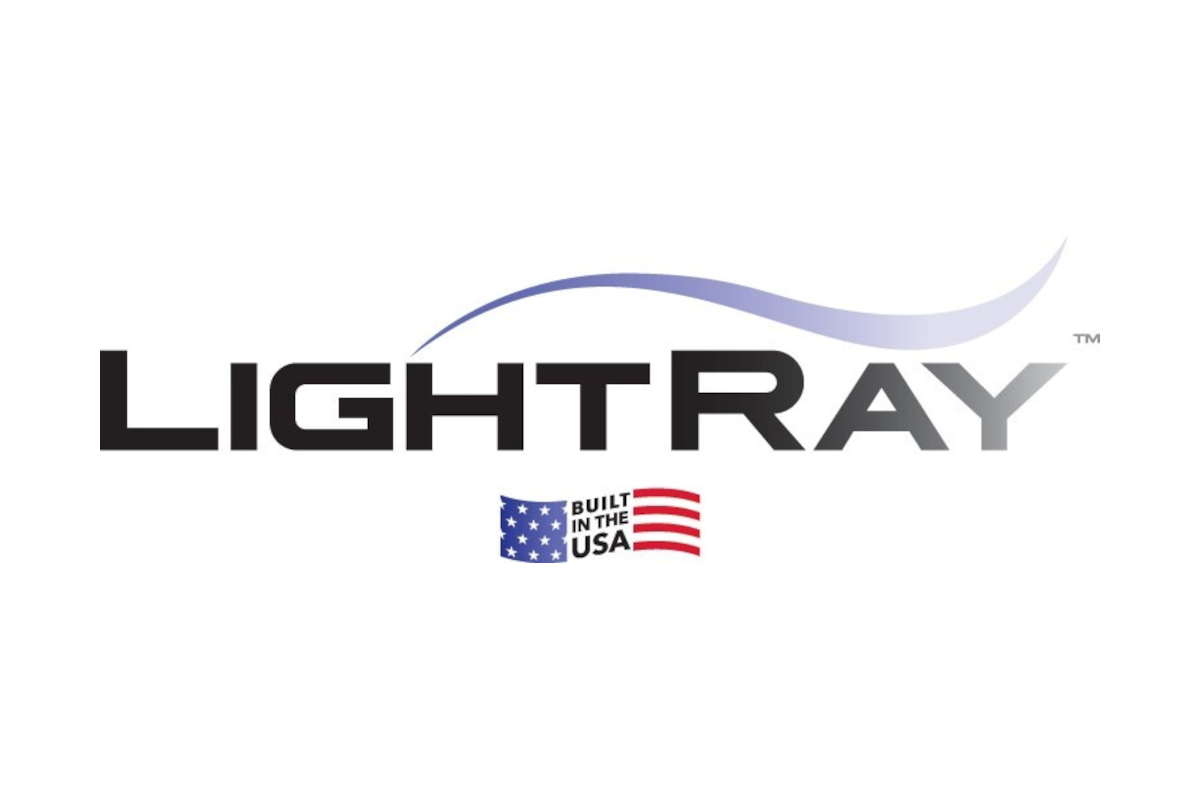
LED Curing for Laterals – A 101 in Light Curing Technology
For more than 30 years, UV technology has been reliably used to cure pipes in mainline applications. The typical UV mainline system is powered by a three-phase generator and consists of high-intensity output bulbs in a series configuration such as a train or core.
These multi-gas bulbs produce a wavelength range of ~350 nm (nanometers) optimized in the 365 to 395 nm spectrum. While this technology is great for larger diameters or thicker liners, it is not necessarily needed for small-diameter laterals.
Since a lateral liner is much thinner than your mainline thickness, you can explore a less powerful option to utilizing the curing benefits of UV technology. This is where LED has unbelievable potential. However, do not be so quick to go out and buy that shiny new system without doing your research.
Gas UV Bulb Spectrum
The light-emitting diode (LED) is a semiconductor that emits photons (light) when current flows through the material. Depending on the material used, a band gap produces a range of wavelengths. Typically, AIGaN (aluminum gallium nitride) is the material used, which creates a narrow band of ~365-405 nm wavelength of UVA light.
Different materials such as adding indium can also be used to further narrow the spectrum. Alternatively, you can add multiple diodes to make broader ranges, depending on your spectrum goal. Once you determine your desired working spectrum, LEDs are assembled in a cluster board, which can be adapted to make a light head affixed to a reel or on a strip that can be wound around a coil for a “spot repair” style. Both styles have pros and cons. For example, a LED semiconductor is sensitive to heat and if your exothermic reaction is too high or you hold that light head still in a curing section for too long, it could damage the diode(s).
RELATED: Milling Away Failed CIPP Liners
Therefore, a light head LED system requires, dry, cool air to help reduce any excessive heat during cure. The benefit of this method is that you can cure longer distances. As for a coil wound style, the benefit of this method is that your LEDs are only on for a short burst, which is not so taxing on the diode. The drawback with this is that you are limited to your coil length. Also, should you lose a diode during curing, you can potentially cast a shadow. This is where it is essential that the curing coil is slightly above the bottom to prevent casting a shadow, resulting in an improper cure. Regardless of the UV method you prefer to use, always confirm all radiants are functioning before installation.
With that said, it may seem easy to go out and buy some LEDs in the UVA bandwidth to cure UV liners. Unfortunately, without understanding the resin system, this is not going to produce a viable result. Keep in mind that since LEDs have a narrow working range and resin systems are being optimized to work in a specific set of wavelengths, not only can results alter from LED system to system but can vary system to liner used. For example, let’s say we took a LED system from one company that was optimized to work with its UV resin but randomly picked a UV liner from another without verifying details. We could run into a multitude of problems. One possible situation is that the resin is tuned for a slightly different spectrum of UV. Now we can only truly cure it ~95 percent. While it may seem structurally sound, there is residual resin compound that can leak into the ground water. This can create an environmental hazard in the future.

A way to avoid this is having an appropriate cure chart. Although it may seem cured to the end-user, curing charts are an essential tool in verifying success. To properly ensure that you have cured your liner according to the manufacturer’s specification, your LED system needs to be tested by the liner producer to develop a thorough cure chart. This consists of ignition times, pull or hold speeds, and shut down procedure, as well as working temperature ranges. (While UV does not require heat to cure, monitoring the exothermic reaction confirms a viable cure.) Without this being confirmed, a liner manufacturer cannot warranty the test results it proposed. Typically, parameters are set with the curing system and liner manufacturer, then the cured samples are sent to a lab to verify all proposed chart specifications.
RELATED: UV CIPP Project Helps to Preserve a National Historic Site in Montana
These tests are not just flexural, tensile, compressive but actually performing spectrometry to verify the resin is truly cured. Additional tests may also be used to verify a proper cure. Once confirmed, new tests are produced for ASTM F-1216, NSF-14, Pumper codes, etc. and submitted to certify the product. This could be why that new LED system will only work with the manufacturer’s liner. While it may seem like a nuisance, it could be for good reason as it wants to ensure the best field results. This is something to consider during the purchase process, as you will also need to ensure you are also satisfied with the proposed lateral material offered as you may not be able to deviate to another liner. This is where it is important to ask which liners the LED system is compatible with and if they can provide an official cure chart from the liner manufacturer.
While we are an industry that is built on pushing the limits, do not rush to try and cure the larger sizes with LED just yet. For lateral liners 4- to 8-in. with thicknesses of 4 to 5 mm, LED is a solid solution. However, anything larger or thicker than that can result in issues without an optimized liner and resin. LED wavelength is limited in range and while you cure a thicker liner the prism of light changes during the cure altering your wavelength. Without an optimized resin, this can result in an uncured liner.
Lastly, regardless of what a salesperson tells you, always ask for the official liner manufacturer’s cure chart with test results. LED is in its infancy, with exciting potential but don’t be so quick to agree with that sales pitch. The LED cure unit, liner, and resin always needs to be tested and verified as a complete system.
With that said, before you go and buy those “Alibaba UV LEDs” just remember, a properly cured liner is a happy liner!
Geno Camali is the CEO at I.S.T. North America.




